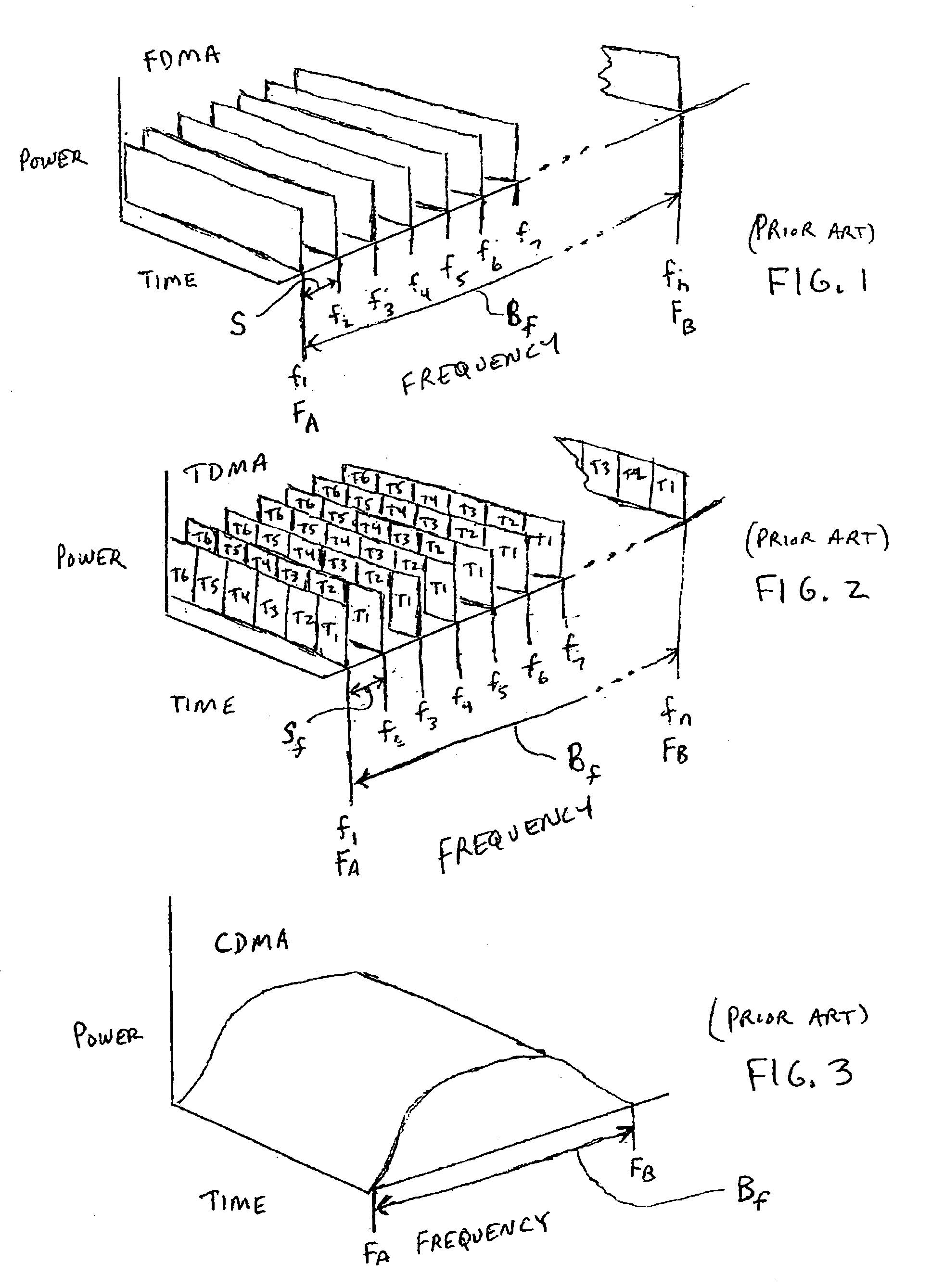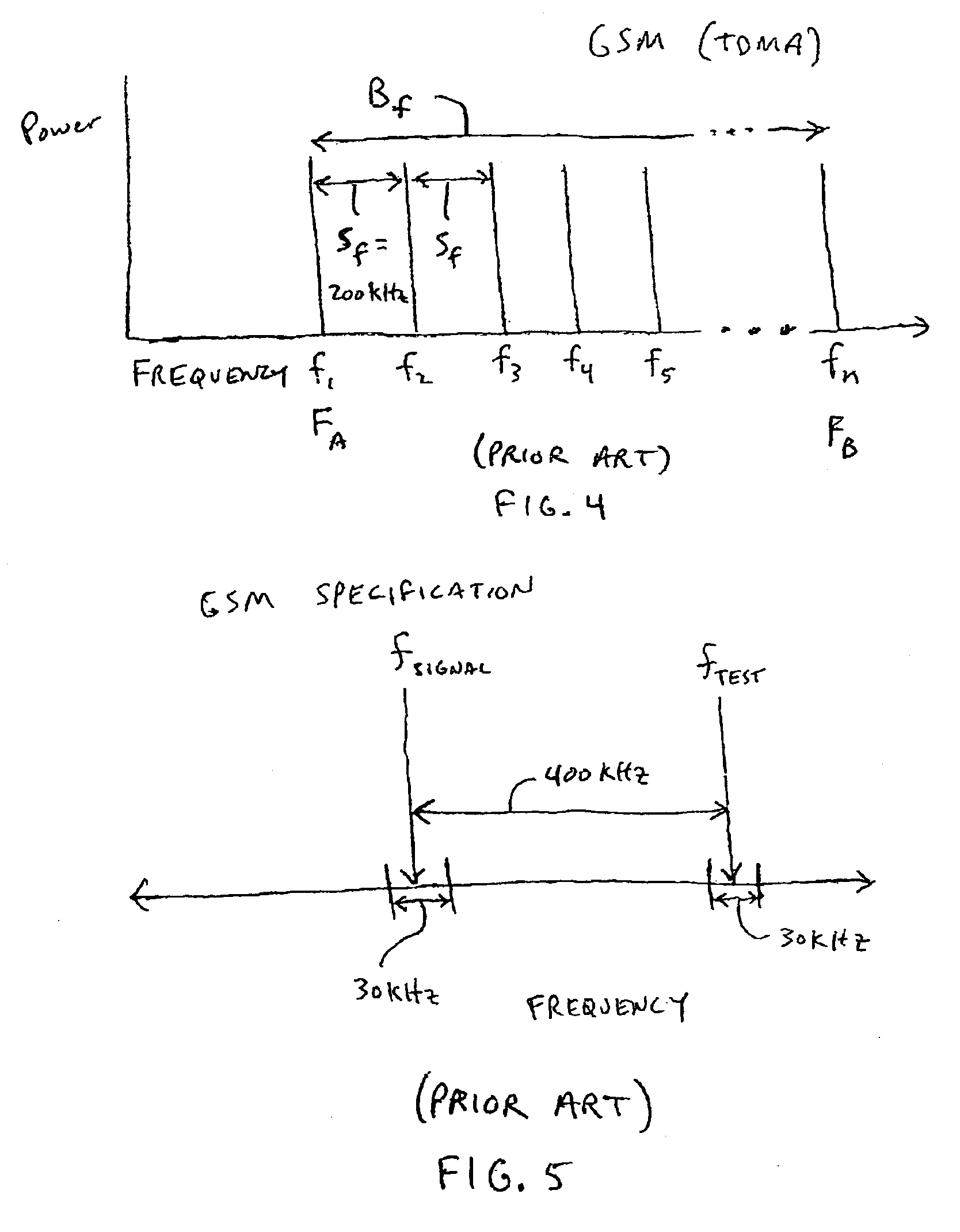Multi-standard transmitter system and method for a wireless communication system
a wireless communication system and transmitter technology, applied in the field of wireless communication systems, can solve the problems of increasing the complexity of the configuration of the transmitter, generating a great deal of signal noise, and additional noise, so as to reduce the remaining portions of the dac noise, reduce the unwanted signal, and reduce the amplitude modulated noise component
- Summary
- Abstract
- Description
- Claims
- Application Information
AI Technical Summary
Benefits of technology
Problems solved by technology
Method used
Image
Examples
Embodiment Construction
The present invention provides a system and method for a transmitter to mitigate signal noise to meet specifications of multiple communication standards without extensive multiple internal transmitter communication pathways or extensive transmitter filtering systems and components as found in conventional prior art dual-standard transmitters. Although the examples presented herein relate to specific communication standards, the principles of the present invention are generally applicable to multiple forms of wireless communication. Furthermore, examples presented herein may refer to cellular telephones. However, this term is used for convenience and the present invention is applicable to cellular, PCS, and other forms of communication that may be referred to generically as wireless communication devices.
The present invention also allows for potentially lower cost components, in particular, relatively low-bit DACs, to support the multiple communication standards including one or more...
PUM
 Login to View More
Login to View More Abstract
Description
Claims
Application Information
 Login to View More
Login to View More - R&D
- Intellectual Property
- Life Sciences
- Materials
- Tech Scout
- Unparalleled Data Quality
- Higher Quality Content
- 60% Fewer Hallucinations
Browse by: Latest US Patents, China's latest patents, Technical Efficacy Thesaurus, Application Domain, Technology Topic, Popular Technical Reports.
© 2025 PatSnap. All rights reserved.Legal|Privacy policy|Modern Slavery Act Transparency Statement|Sitemap|About US| Contact US: help@patsnap.com



